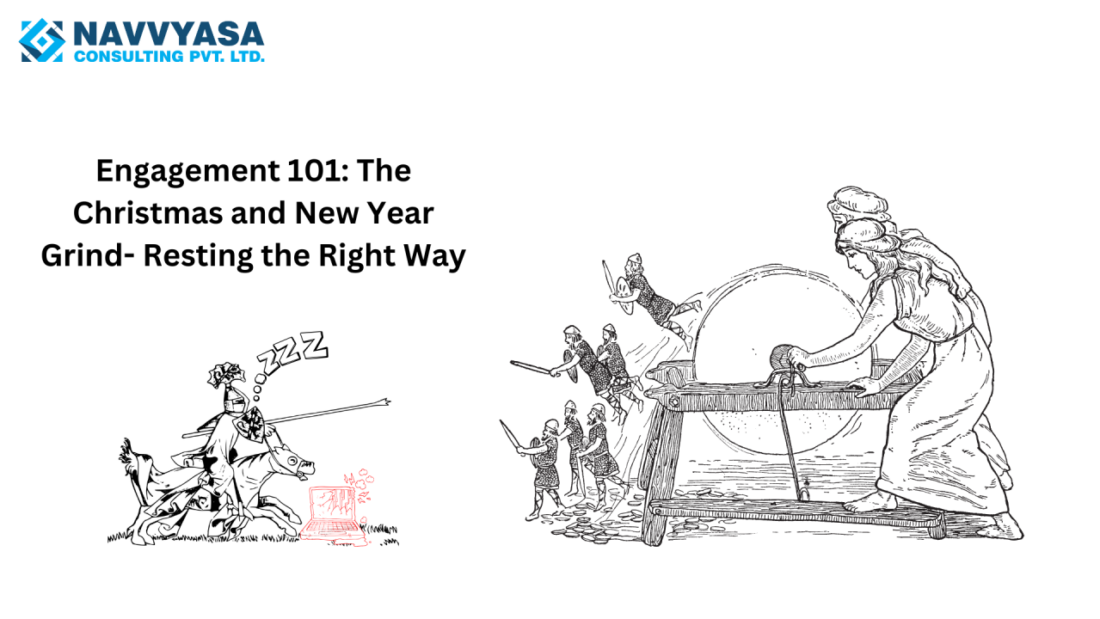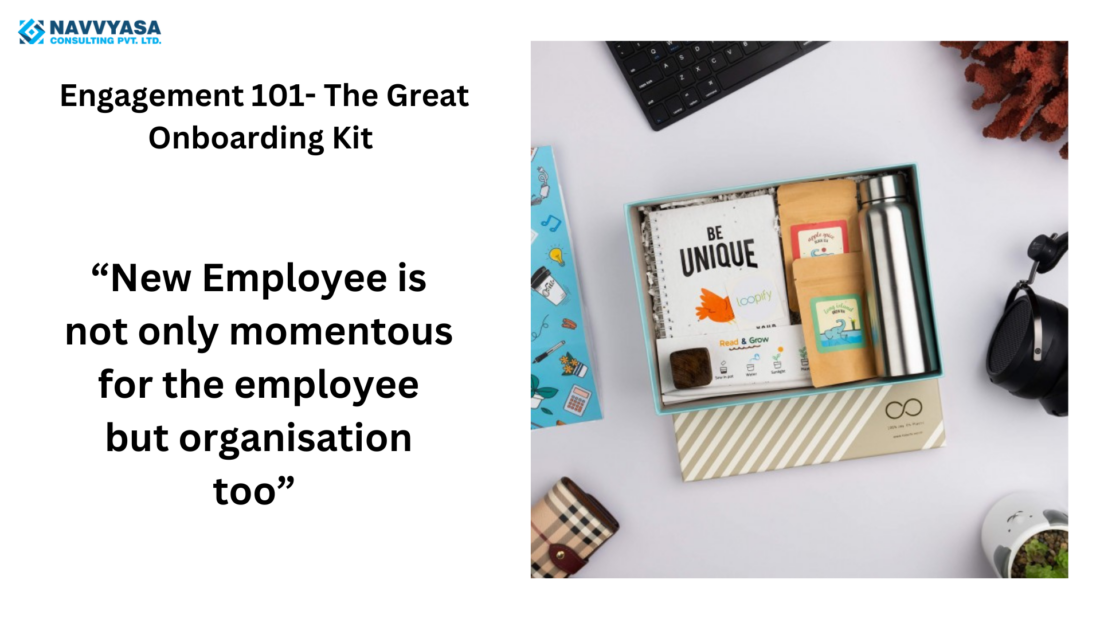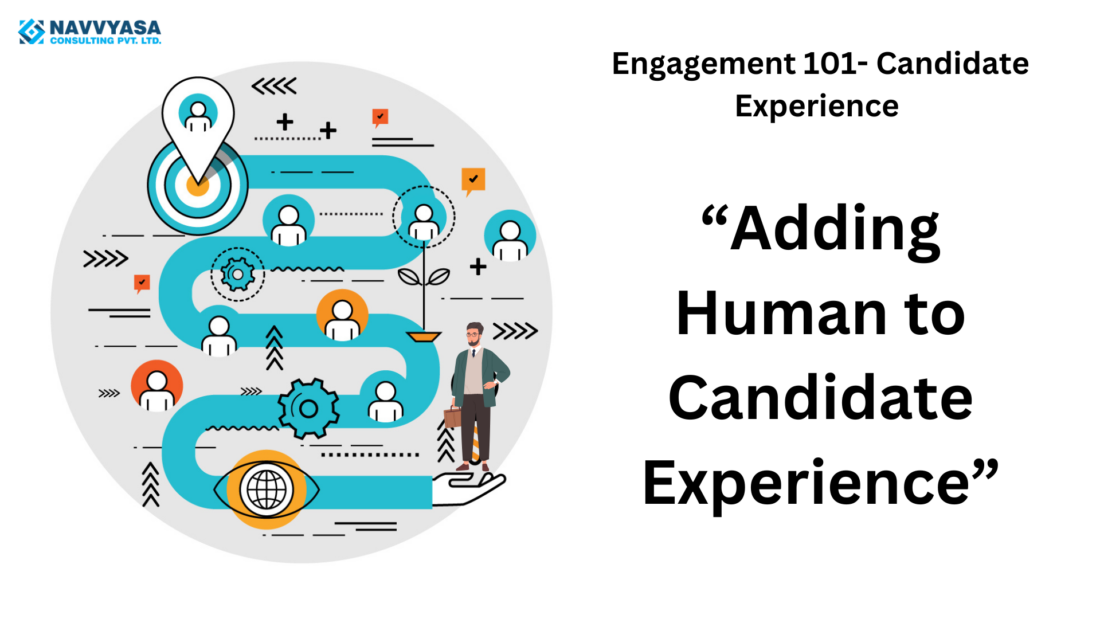On a hectic Monday morning in an office downtown, Suraj, a top-notch project manager, handed in his resignation. Trustworthy, creative, and well-liked by his coworkers, he had quickly become a rising star in the company. His manager, Sunita, was taken entirely by surprise. Frantic meetings ensued, where a raise and better opportunities within the company were promised. However, Suraj remained steadfast; he had been deliberating over this decision for months. The counteroffers had arrived too late.
This story illustrates a troubling truth that many businesses face: the focus on talent retention often intensifies only when employees are already leaving. By then, the damage is done – both to the departing employee and the company’s reputation. When resignation letters become the catalyst for retention efforts, the company inadvertently sends a message that people are only valued when they threaten to leave. This reactive approach erodes trust, morale, and loyalty.
The Importance of Making the Right Hires
The first and most crucial step in retaining talent is recruiting the right people in the first place. Too often, organizations prioritize short-term needs over long-term compatibility. Crucial factors like cultural fit, career progression opportunities, and employee engagement get lost in a rushed hiring process focused solely on filling a vacancy.
Imagine a company that has no clear development plan for Priya when she joins. Her career trajectory is ambiguous, her responsibilities are unclear, and training is minimal or non-existent. Initially excited, Priya soon begins to feel lost and disengaged. Within a year, she’s browsing job boards, seeking an organization that will invest in her growth.
Hiring right isn’t just about finding someone who can do the job; it’s about finding someone who aligns with the company’s values, enhances team dynamics, and has the potential to grow within the organization. A well-planned hiring process lays the foundation for retention by making employees feel valued and purposeful from day one.
Prevention of Employee Departure Begins Early
Retention is often viewed as a reactive measure, a last-ditch effort to convince an employee to stay. However, by the time someone decides to leave, the emotional disconnect has already set in. Retention isn’t about frantically trying to hold onto people who are already out the door; it’s about creating an environment where they want to stay.
Consider Anjali, a data analyst who consistently delivered excellent work, albeit quietly. While she found her work fulfilling, her efforts went unnoticed when she applied for promotions. When she finally resigned after receiving a competing offer, a flurry of activity ensued. Her manager, previously oblivious to her value, offered her a raise and a promotion. But the damage was done. Anjali felt like a pawn in the company’s belated retention game.
This anecdote serves as a cautionary tale. When organizations wait for a resignation to take action, they risk alienating not only the departing employee but also their colleagues who witness this reactive approach.
Negligible Retention Practices and Their Consequences
The repercussions of a reactive approach to retention are far-reaching. Employees lose trust in their value and future prospects, leading to decreased morale. Productivity suffers as teams struggle to replace departing colleagues. The costs of recruitment, onboarding, and lost productivity can quickly add up.
In contrast, when companies proactively invest in retention and make thoughtful hiring decisions, they send a powerful message: “We see you, we value you, and we are invested in your success.” This fosters a culture of engagement, loyalty, and high performance, ultimately benefiting the organization in the long run.
The Bottom Line: Start Early, Win Big
The key takeaway is to be strategic with hiring and prioritize long-term retention. When making hiring decisions, consider the candidate’s potential for growth beyond the immediate needs of the role. Retention efforts should focus on making employees feel valued every day, not just when they threaten to leave.
By shifting from a reactive “how do we stop people from leaving?” mindset to a proactive “how do we create an environment where they want to stay?” approach, organizations can cultivate a culture where employees are empowered to build their future – a future marked by trust, growth, and shared success.











